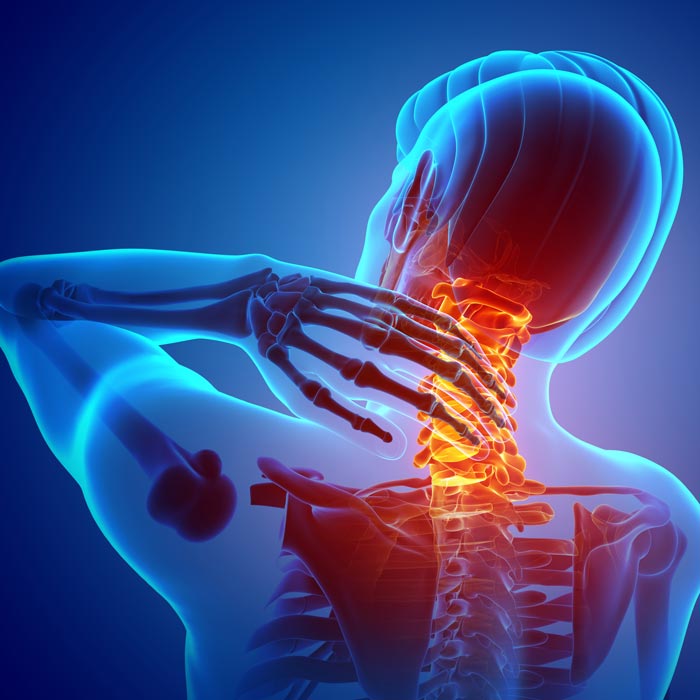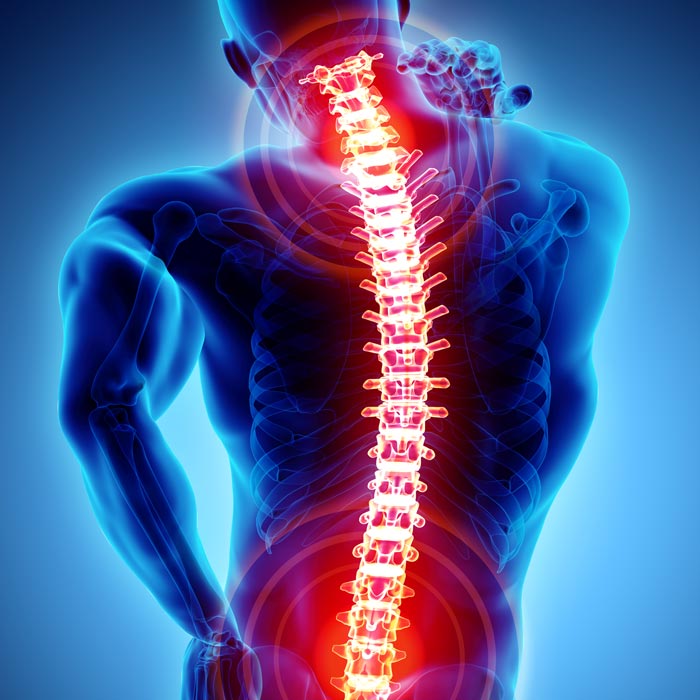Anterior Cervical Discectomy and Fusion
Anterior Cervical Discectomy and Fusion in Southlake
A herniated disc or bone spur in the neck may be treated surgically with an anterior cervical discectomy and fusion to relieve compression or pressure on nerve roots and/or the spinal cord.
A small incision at the front of the neck is used to access the cervical spine during an anterior cervical discectomy with fusion. The surgeon then removes the entire disc or a portion of it, along with any bony material that is compressing or putting pressure on the nerves and causing pain. A bone transplant that stimulates bone development between the two damaged vertebral bodies is what spinal fusion entails. A single vertebra that stabilizes the spine is formed by the bone graft, which serves as a medium for joining the two vertebral bones.

What Are the Causes & Symptoms?
Nucleus pulposus, the disc's soft, gel-like center, protrudes through the hard, outer ring of a damaged or cracked disc in a condition known as a herniated disc (annulus fibrosus). Additionally, calcium buildup in the spine joints causes bony outgrowths, commonly known as bone spurs or bone osteophytes. Herniated discs and bone spurs can put pressure on the spinal cord, ligaments, and nerve roots, which can result in numbness, weakness, and coordination issues as well as neck and/or arm pain.
Pressure on the spinal cord in the neck region (cervical spine) can be highly problematic because the majority of nerves from the brain travel down this area to the body (e.g., the arms, chest, and legs). If non-surgical therapy options are unsuccessful, patients with these symptoms may be candidates for an anterior cervical discectomy operation. A cervical discectomy can relieve the discomfort by easing pressure on the nerve roots.
Your surgeon takes into account a number of variables before considering surgery, including your age, lifestyle, and expected degree of activity after the procedure. Prior to arranging the surgery, it is important to have a full conversation about this treatment option with your surgeon.

What to Expect
Post-Operative Guidance
Possible Risks or Complications
Each patient experiences a unique set of treatment outcomes. The potential negative outcomes of spinal surgery include infection, blood loss, blood clots, nerve damage, and bowel and bladder issues, in addition to the anesthesia consequences.
For a comprehensive description of the indications, clinical outcomes, side effects, warnings and precautions, and other pertinent medical information regarding anterior cervical discectomy with fusion surgery, please seek the counsel of your doctor.

